In a groundbreaking experiment aboard the Tiangong space station, Chinese astronauts have successfully grown flowering plants in microgravity, marking a significant milestone in space botany. The achievement not only demonstrates the feasibility of cultivating complex plant life beyond Earth but also paves the way for future deep-space missions where fresh food and oxygen regeneration could be critical for crew survival.
The experiment, dubbed "Cosmic Bloom," focused on Arabidopsis thaliana, a small flowering plant commonly used in biological research due to its rapid growth cycle and fully mapped genome. Scientists modified the plant's photoperiod sensitivity to accelerate flowering under artificial light conditions. After weeks of careful monitoring, the space station crew reported the first blossoms emerging in the sterile confines of the orbital lab.
Microgravity presents unique challenges for plant development. Without Earth's gravitational pull, roots exhibit disoriented growth patterns while stems struggle to orient themselves. The Chinese team developed a proprietary cultivation system featuring centrifugal modules that create a weak gravitational stimulus, alongside LED arrays that simulate sunrise/sunset cycles. Early data suggests these adaptations allowed the plants to complete their entire life cycle from germination to pollination.
Perhaps most surprisingly, the space-grown flowers displayed morphological differences compared to their terrestrial counterparts. Petals appeared thicker with more intense pigmentation, while nectar production increased by approximately 17%. Researchers speculate these changes may represent adaptive responses to the stress of microgravity and higher radiation levels in low Earth orbit.
The psychological impact of tending living flowers holds equal importance to the scientific breakthroughs. Astronauts involved in the experiment reported measurable improvements in mood and circadian rhythm regulation during the flowering phase. This emotional dimension adds weight to arguments for incorporating greenhouses in future interplanetary spacecraft designs.
Looking ahead, the China Manned Space Agency plans to expand its orbital greenhouse experiments to include dwarf varieties of edible plants like tomatoes and peppers. Success could lead to permanent plant growth facilities on the Tiangong station, reducing reliance on resupply missions from Earth. Meanwhile, botanists are analyzing whether seeds produced in space exhibit genetic mutations that might prove beneficial for agriculture back on our home planet.
This floral triumph comes as multiple nations ramp up preparations for crewed missions to the Moon and Mars. The ability to grow flowering plants in space suggests that future explorers might eventually stroll through extraterrestrial gardens, their vibrant colors contrasting against the stark blackness of space—a living reminder of Earth's tenacious beauty flourishing in the cosmos.
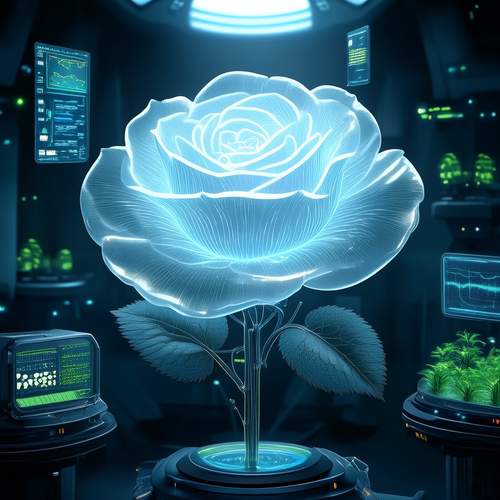
By /May 21, 2025
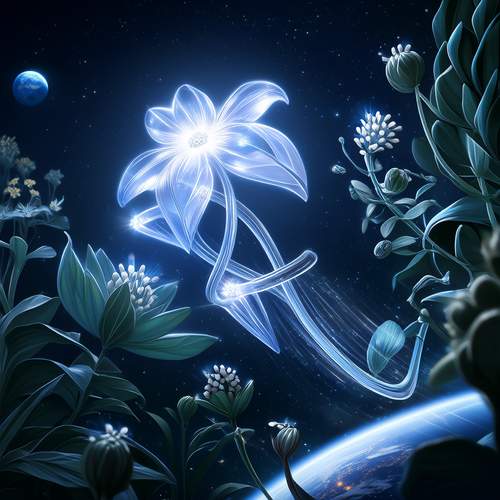
By /May 21, 2025
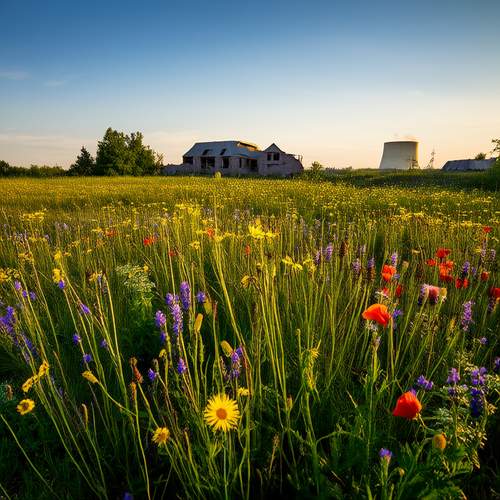
By /May 21, 2025

By /May 21, 2025
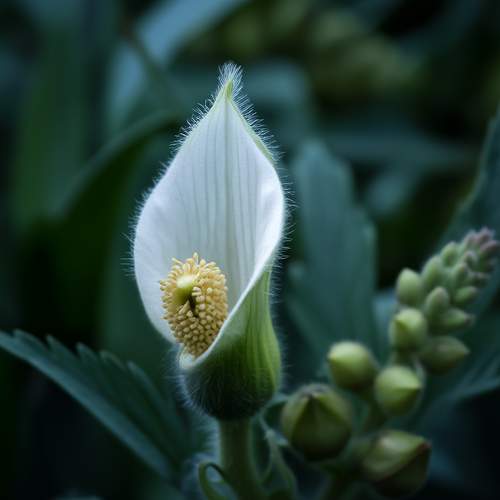
By /May 21, 2025
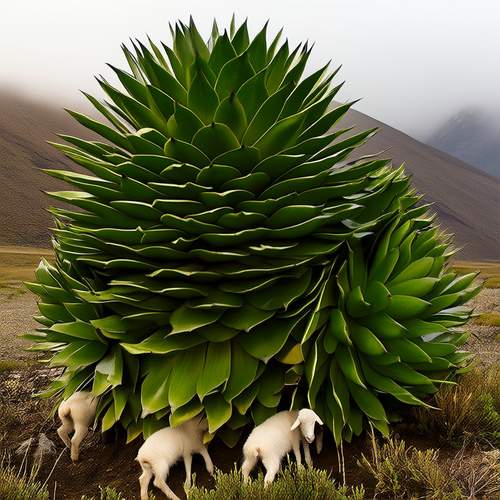
By /May 21, 2025
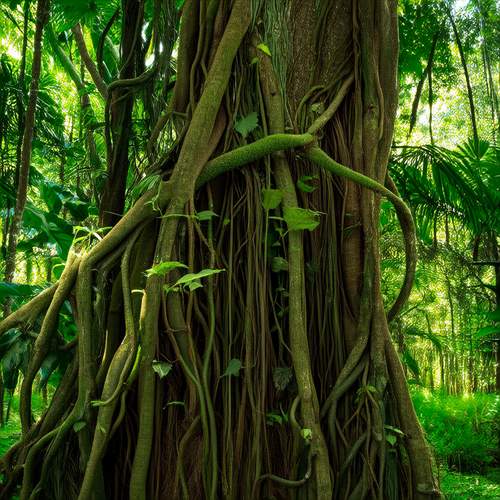
By /May 21, 2025
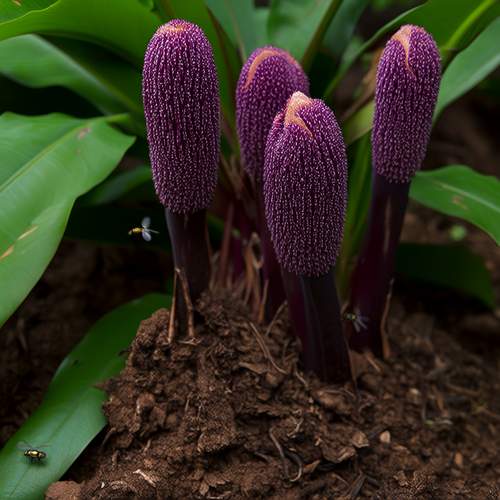
By /May 21, 2025
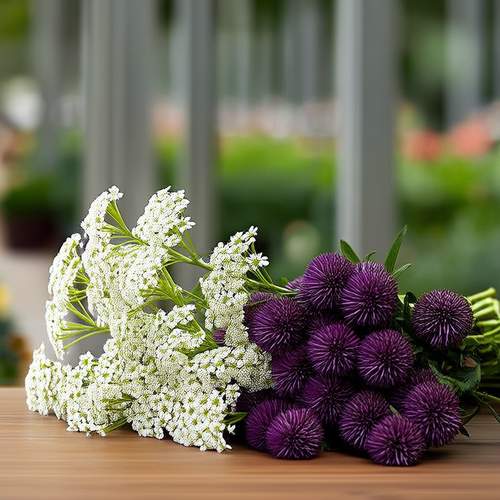
By /May 21, 2025
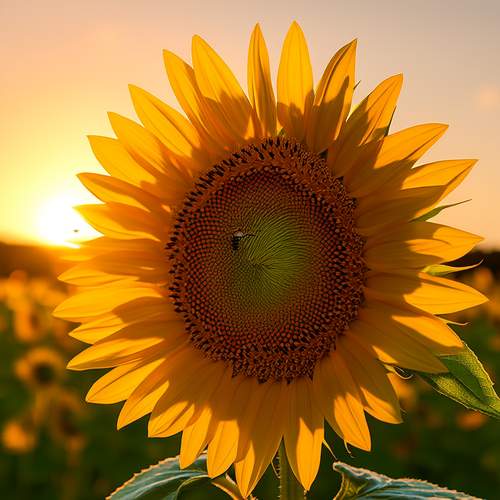
By /May 21, 2025
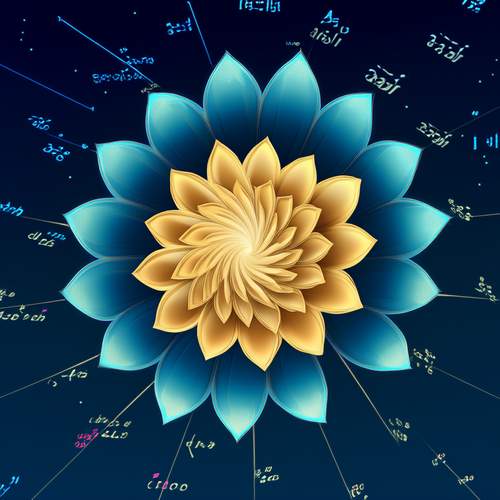
By /May 21, 2025
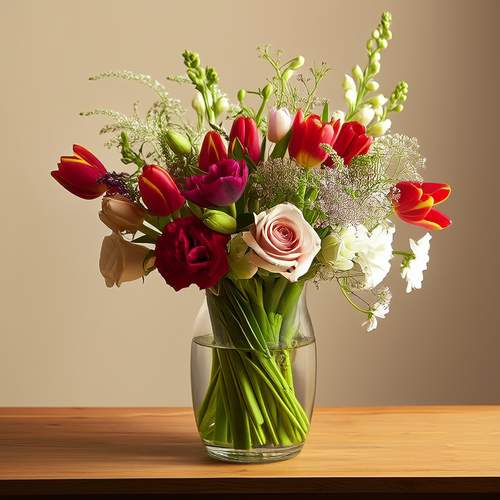
By /May 21, 2025
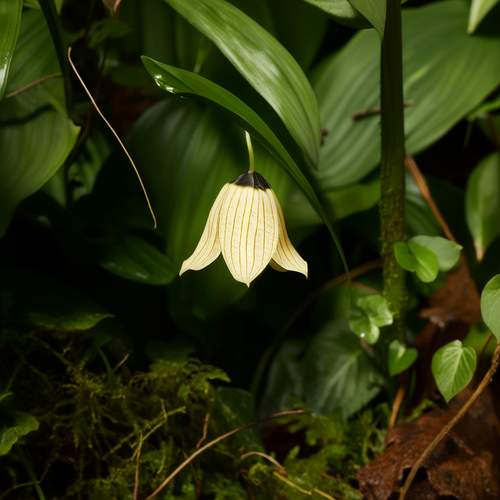
By /May 21, 2025
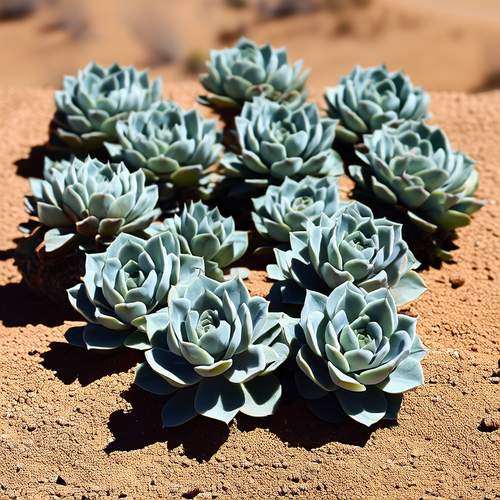
By /May 21, 2025
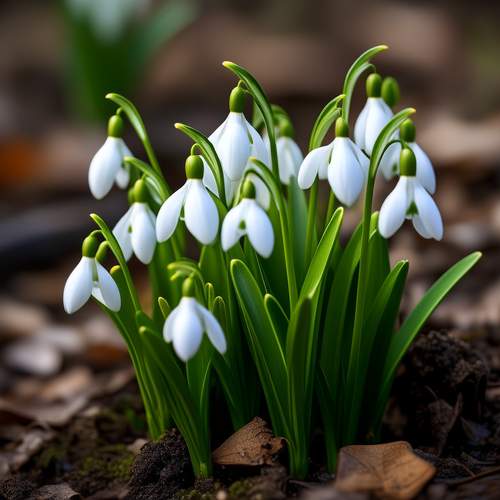
By /May 21, 2025
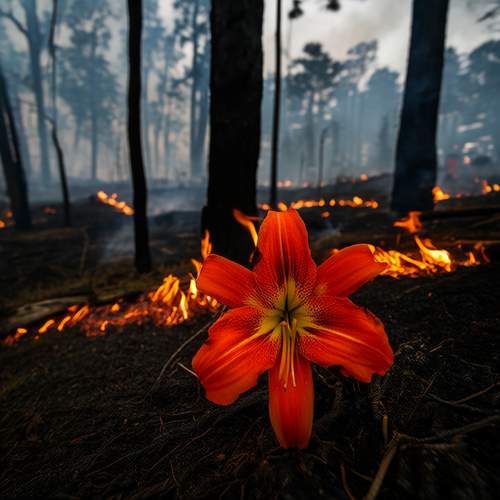
By /May 21, 2025
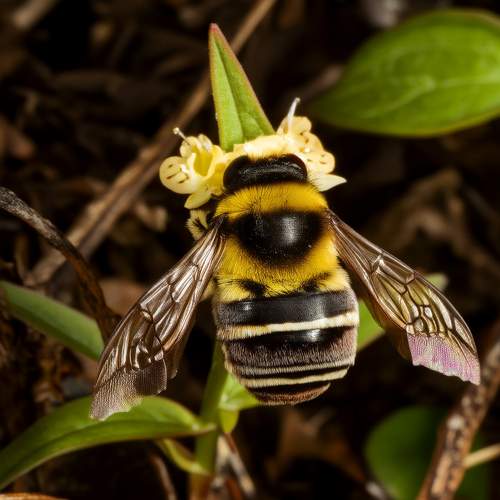
By /May 21, 2025
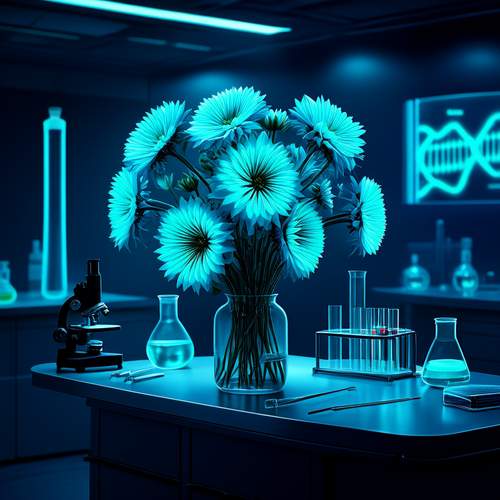
By /May 21, 2025
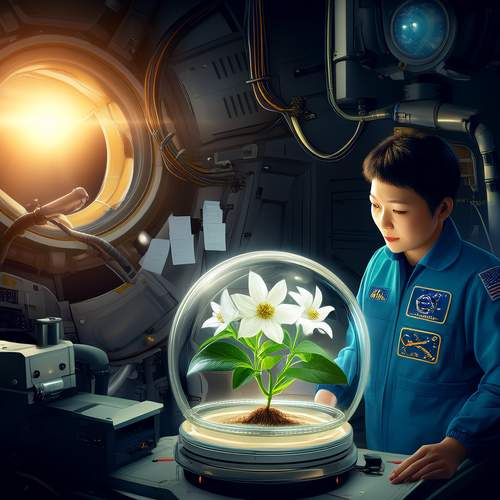
By /May 21, 2025
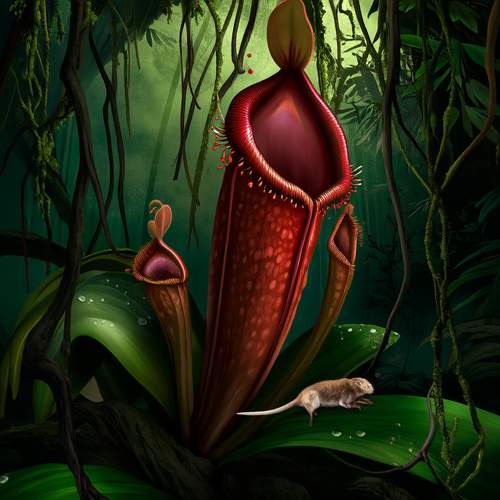
By /May 21, 2025